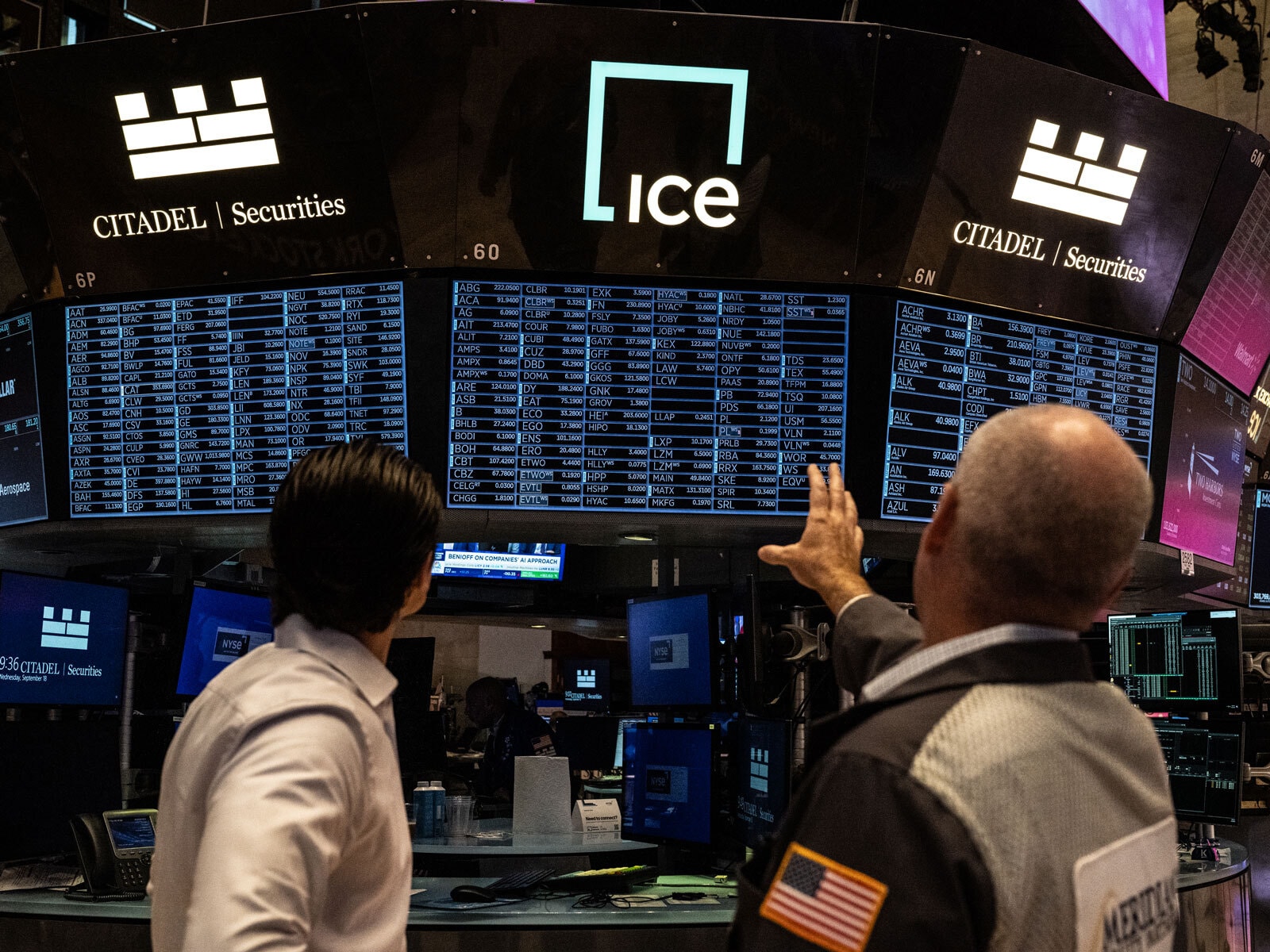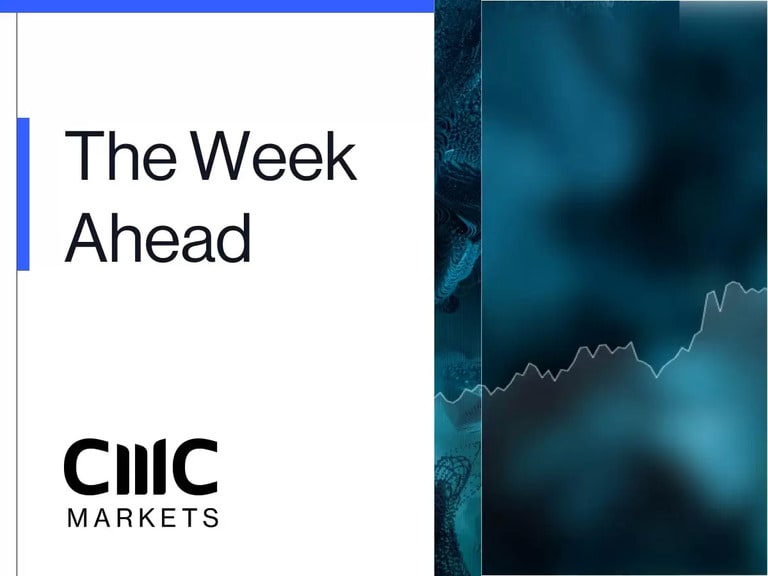
Darren Sinden from educational provider Trade Uni discusses the latest market moves.
Yesterday, the S&P 500 closed up 0.47%, the Dow Jones 0.79%, and the Nasdaq 100, 0.07%. Stocks posted moderate gains, with the Nasdaq 100 recovering from a one-week low, supported by better-than-expected corporate earnings results. United Airlines soared more than 12% after reporting stronger-than-expected Q3 adjusted earnings per share and initiating a $1.5bn stock buyback program. Bank stocks rallied on Wednesday after Morgan Stanley reported stronger-than-expected Q3 net revenue and US Bancorp and Synchrony Financial reported better-than-expected Q3 net interest income. Wednesday’s weaker-than-expected UK September consumer price index report knocked global bond yields lower, further supporting stocks.
Chip stocks remained under pressure on Wednesday from Tuesday’s rout and limited gains in the Nasdaq 100. ASML closed down more than 6%, adding to Tuesday’s 16% plunge after CEO Christophe Fouquet said he expects a slow chip market recovery to extend well into 2025. Intel fell more than 1% after the Cybersecurity Association of China suggested that cybersecurity checks be conducted on Intel’s products sold in China.
Corporate Q3 earnings may determine the near-term direction of stocks. According to Bloomberg Intelligence, companies in the S&P 500 are expected to report an average 4.3% increase in quarterly earnings in Q3 from a year ago, down from the 7.9% growth projected in July. Markets are discounting the chances at 95% for a 25-basis-point rate cut at November’s Federal Open Market Committee meeting and at 0% for a 50-point cut. US MBA mortgage applications fell 17% in the week ending 11 October, with the purchase mortgage sub-index down 7.2% and the refinancing sub-index down 26.3%. The 30-year fixed rate mortgage rose 16bp to 6.52% from 6.36% the prior week. The US September import price index ex-petroleum rose 0.2% month-on-month, stronger than expectations of 0.1%.
Overseas stock markets on Wednesday settled mixed. The Euro Stoxx 50 dropped to a three-week low and closed down by 0.77%. China's Shanghai Composite recovered from a two-week low and closed up by 0.05%. Japan's Nikkei 225 fell to a one-week low and closed down by 1.83%. The European Central Bank is expected to make its first back-to-back rate cut in 13 years today. With that in the price, traders will focus on the policy outlook, which will need to sound dovish to weaken the euro. EUR/USD is already down 2.4% for October and rates markets are pricing more cuts in Europe next year than in the US, even though US rates sit above 4.75% and European rates are at 3.5%. Increasing prospects of a victory for US Republican candidate Donald Trump in the upcoming presidential elections could lift the dollar and increase selling pressure on the euro.
Yen carries have been in vogue for a few weeks on the Tokyo view that the Bank of Japan will only grudgingly move towards normalisation and higher rates. With many central banks overseas sounding less dovish and in the "higher-for-longer" club, carry-trade demand looks set to last. NZD has re-joined the club for JPY-funded carries with NZD/JPY rising from ¥90.90 on May 1 to ¥96.10 after the Reserve Bank of New Zealand's (RBNZ) hawkish hold on Wednesday. With the RBNZ's official cash rate likely to remain at 5.5% well into 2025, interest could remain high.
Oil prices traded flat on Thursday as investors eye developments in the Middle East, more details on China's stimulus plans and official US oil inventory data. Both benchmarks settled down on Wednesday, closing at their lowest levels since 2 October for a second day in a row. The benchmarks are down 6-7% this week after OPEC and the International Energy Agency cut demand forecasts for 2024 and 2025. Prices have also fallen as risk premiums have cooled, with fears of a retaliatory attack by Israel on Iran having eased, though uncertainty remains over the conflict in the Middle East.
Gold rose to around $2,680 per ounce on Thursday, trading at record highs as a dovish outlook for major central banks and slightly lower bond yields favoured demand for non-interest-bearing bullion. The decline in 10-year Treasury yields, driven by weak US manufacturing data, boosted the appeal of non-yielding assets like precious metals.
Disclaimer: CMC Markets is an execution-only service provider. The material (whether or not it states any opinions) is for general information purposes only, and does not take into account your personal circumstances or objectives. Nothing in this material is (or should be considered to be) financial, investment or other advice on which reliance should be placed. No opinion given in the material constitutes a recommendation by CMC Markets or the author that any particular investment, security, transaction or investment strategy is suitable for any specific person. The material has not been prepared in accordance with legal requirements designed to promote the independence of investment research. Although we are not specifically prevented from dealing before providing this material, we do not seek to take advantage of the material prior to its dissemination.





















